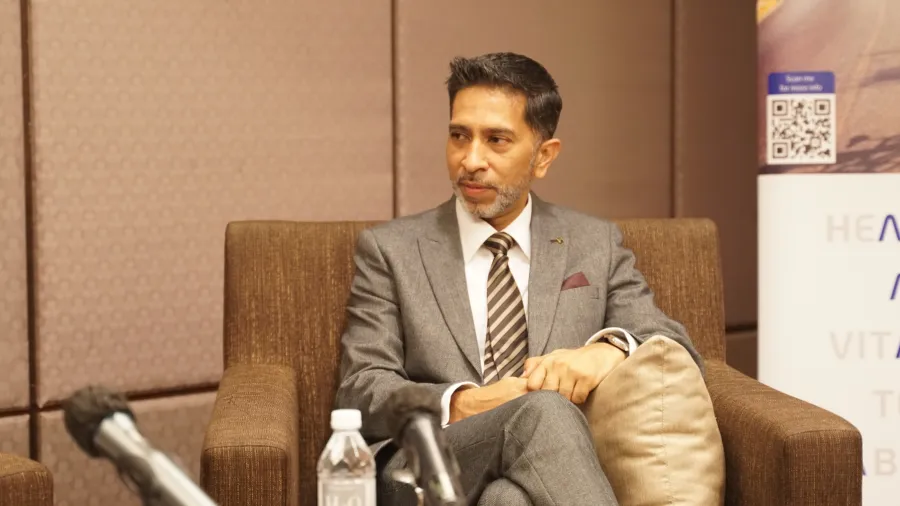
When is it time to purchase pricey medical equipment? Malaysian single-specialty hospital explains
It invested nearly RM15m to provide the most advanced medical diagnostics equipment for orthopaedic care.
Focusing on being a single-specialty orthopaedic hospital led the team at ALTY or “Adding Life to Years” hospital to purchase some multi-million cutting-edge technology without hesitancy.
Unlike big hospitals, ALTY did not invest in technology that is unrelated to orthopaedic treatment. After consultations with its partners and surgeons, ALTY spent RM15m to acquire advanced medical equipment such as imaging systems for accurate diagnosis of orthopaedic diseases to help doctors evaluate their patients more accurately.
Opportunities in orthopaedics from Charlton Media Group on Vimeo.
These medical devices were not only used to deliver advanced care to patients but also to help other orthopaedic surgeons in Malaysia.
From its soft opening in January 2022 to its official launch in July 2022, the hospital has so far performed 295 orthopaedic surgeries.
Healthcare Asia spoke to Anwar Anis, executive director for ALTY Orthopaedic Hospital, to share how one of the single-specialty hospitals in Malaysia will operate to offer “better quality” of orthopaedic treatment to patients.
What does ALTY hospital mean and what can Malaysians expect from the hospital?
ALTY is one of the first single specialty orthopaedic hospitals in Malaysia. We certainly feel that whilst we're not the first, we're the most complete, having a full set of surgeons.
This is a hospital that is a partnership between surgeons, and also, a private healthcare investment platform, TE Asia, which has been developing single specialty hospitals around the region for the last five to six years. ALTY, as the name stands for, is adding life to years. We believe with our approach to orthopaedics, we can certainly help people live better, not so much about extending their life, but simply having a good quality of life from an orthopaedic perspective.
We also had surgeons transitioning from their previous place of employment to ALTY and this took place all the way until 2022. As of July 7, we are a full-fledged single-specialty orthopaedic hospital with eight resident surgeons and close to 150 staff to provide the best care for patients.
What did the launch of this hospital mean for orthopaedics within Malaysia?
The launch of the hospital was almost symbolic to a certain extent but it was also about being ready to now serve the community, both in Kuala Lumpur, Malaysia and around the region as well. We now have an orthopaedic hospital that is geared towards providing the best standard of care for general orthopaedics but also a place where the general public and even other doctors can bring their patients to do complex procedures.
In ALTY, we have very experienced surgeons who have partnered TE Asia. But because they are here together as partners, this is a place where a surgeon doesn't do things alone, especially for complex procedures with significant benefits to the patient.
Are there also current trends in the field of orthopaedics that the hospital is looking to focus on?
Certainly. One of the reasons why TE Asia and the partner doctors got together to do this was as society ages, both in Malaysia, and the region, such as in Singapore,, there is going to be an increased need for orthopaedic care.
As we age, unfortunately, our joints start giving us issues and need attention whether that is surgical or nonsurgical. That's the reason why we believe that this is the right time for us to bring the next level of orthopaedic care to the region.
With that, we believe that we have a role to play in society, where besides giving the treatment itself, for example, we have gone out and started raising awareness. Whether that's in the general community, whether that's with general practitioners out there, we do believe that is part of our role. What we're bringing to the table is a new level of care in orthopaedics, we're bringing in robotics, advanced diagnostic, and imaging in orthopaedics.
We are the first in Malaysia to install an advanced imaging system called EOS that is very much catered to orthopaedics, especially for scoliosis, but also the first in Malaysia to install a weight-bearing magnetic resonance imaging (MRI).
We have these technologies that are good for orthopaedics and as such, we will be providing these services not just to the surgeons in ALTY but we've already expanded them and made them available to other orthopaedic surgeons in Kuala Lumpur. We certainly are going to make orthopaedic care more accessible to the general community, not just to the team of surgeons that we have.
What is unique about ALTY’s services?
Diagnostics, which are specific to orthopaedics. We are the first to install a couple of technologies and that enhances the procedure. We can obtain a clearer image, a better report. An innovative way of doing the diagnostics itself will certainly give the surgeons a different angle.
On weight bearing, for example, the fact that you do an MRI in a standing position gives the surgeons a better view of how their spine is compressed, or how their joints react when they are standing rather than lying down.
We are also offering robotics that's growing in Malaysia. We hope to make it more mainstream, so that patients can benefit from what robotic surgery can do for joints at the moment.
We also have a 3D C-arm that allows our surgeons to do a almost CT(computed tomography) like scan in the operating theatre that allows them to know whether their implants are in the right place before a patient is closed up; rather than doing the procedure and then the patient is sent back to the ward and a day or two later doing a CT scan and then determine if there was some misalignment or some corrections that need to be made.
Since this involves a lot of cutting-edge technology, would this come at a premium cost for the general public?
Quite contrary, one of the advantages of a single specialty is that we're able to use economies of scale and bring the costs down. We have eight surgeons who have gotten together and agreed that there is one partner vendor for joint implants and a partner vendor for spine implants. This is quite rare, although we may think otherwise, whether it's a public or private hospital.
To be able to consolidate and negotiate the best implants at the best price, we offer this back to the patient. Despite being a single specialty hospital for orthopaedics, having some very established experienced surgeons and using some good implants, ALTY is very competitive in the market and offers it at a very cost-effective rate to the patients.
Additionally, even for diagnostics, we keep it very competitive. I think the proof is in the fact that we have doctors from other hospitals sending patients to us for their scan. Now, we even have the Ministry of Health sending patients over to us and we're just about to finish discussions about having a university hospital send their patients over to us for the advanced imaging system as well. I think we certainly are making it accessible by keeping the pricing very affordable.
How did ALTY hospital convince its management to buy these cutting-edge technologies?
I would split it into different aspects. One is we are a partnership between the doctors and TE. As a partnership, what we do is unlike multi-specialty hospitals and large hospitals, there is a robust discussion between the surgeons and TE even though we’re setting up the hospital to look at what makes sense from an orthopaedic perspective. We don’t have to then invest in technology that is quite general that needs to cater to non-orthopaedic needs.
You can imagine in a large multicenter hospital, whatever technology you buy, needs to be as generally applicable as possible because there are so many specialties that are competing for those resources.
However, in ALTY, we know that these technologies are being put to use predominantly for orthopaedics. Thus, it wasn't much of an issue in deciding to invest in these multimillion-dollar technologies because we know that the focus is on a particular specialty.
We also felt that being an early adopter of the technologies will allow us to offer these technologies beyond our own patients and our doctors. As such, we were already doing that and that makes economic sense for us to invest further. The EOS machine for example is worth about US$1m even though we've kept the scan cost very competitive, just slightly above your typical x-rays with much better diagnostic outcomes, and it has much lower radiation exposure as well.
Was there any hesitancy in buying expensive tech for the treatment?
That's why there is a robust discussion between the TE and the partner doctors. We'd like to say that these ideas are floated at those discussions, and jointly agreed on whether this technology is beneficial, or is this cost-effective.
Some things perhaps also best to bring in a little later in our development cycle as the hospital matures, and has greater reach in terms of patients. We've also decided that there are things that we'll bring in year three, and year four, and so on, in terms of innovation.
Hence, I wouldn't say hesitancy, but that's part of a plan and in the pipeline. It's always a collective decision that's made in the hospital.
Are you still offering the traditional ways of treating specific concerns?
Although I've mentioned robotics, the majority of our procedures are performed conventionally. Although I would avoid saying it's done in the traditional manner, as our doctors have obviously adopted the latest surgical methods and so on. But yes, we can say that your typical knee and hip replacements are still being done in the hospital.
Not everybody wants to have robotics or the latest methods. I'll give you an example. For hip replacement, amongst our surgeons, some adopt what is known as the direct anterior approach or DAA. That's a slightly different approach, but more popular, in markets such as the US, and being demanded by patients who may have heard about it.
But all our surgeons, including those who do the direct anterior approach, also do the hip replacement in the typical method, where the approach is from the posterior. It comes back to patient preference and suitability.
What are the common musculoskeletal issues that you've observed and what specific treatments do you offer for such?
Hip and knee issues are on the rise both because of ageing but also unfortunately because in Malaysia obesity is a problem and that does have an impact on an individual's joints.
Knee issues and knee replacements are becoming more prevalent. We also see hip issues becoming more prevalent.
Typically, amongst Asians, hip is less of a problem, probably having one hip surgery or hip replacement to four or five knee replacements. But in ALTY, we're seeing that those ratios are changing a little bit, and we're seeing a higher degree of hip surgery is also coming in.
From a spine perspective, I think it's well established that a significant number of individuals have spine problems but not everybody needs surgery, only conservative treatment. Some advice on how to take care of your spine, from physio to having some pain management, such as intra-articular injections, and so on, is certainly also on the rise.
We've got three very experienced spine surgeons who can come in and do complex procedures together. But the other aspect is also the post surgical care in ALTY. We have nurses who are now very used to looking at orthopaedic issues day in, day out, which increases their level of competency. So not just the surgery but the post-surgical care is also catered to managing patients with complex spine issues.
Will there be ALTY expansion in other Asian countries?
Similar to our cardiac network, we are in discussions currently with surgeons about the possibility of opening something similar to ALTY, both in Thailand and also in Indonesia.
Whether it will be known as ALTY, we are not sure as we typically adopt a name that makes sense for the local community, and a name that resonates with the vision of our partner doctors.
So when it happens, we will decide whether it's called ALTY or not, but it will be a similar model, where it's a partnership between the surgeons and TE, for the benefit of the community.
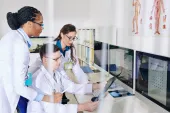

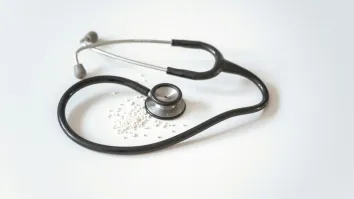
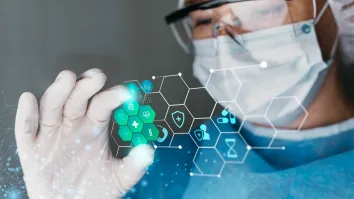

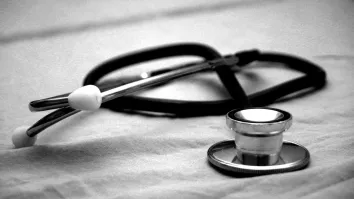









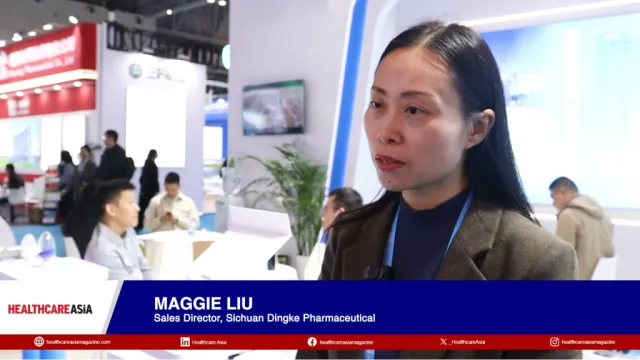
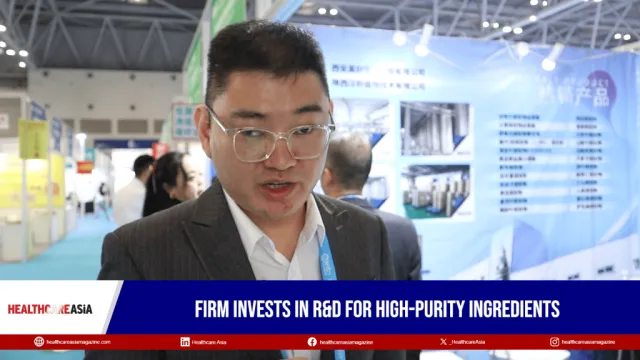
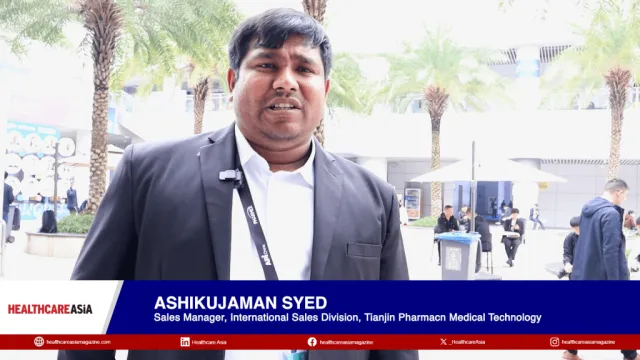

 Advertise
Advertise





